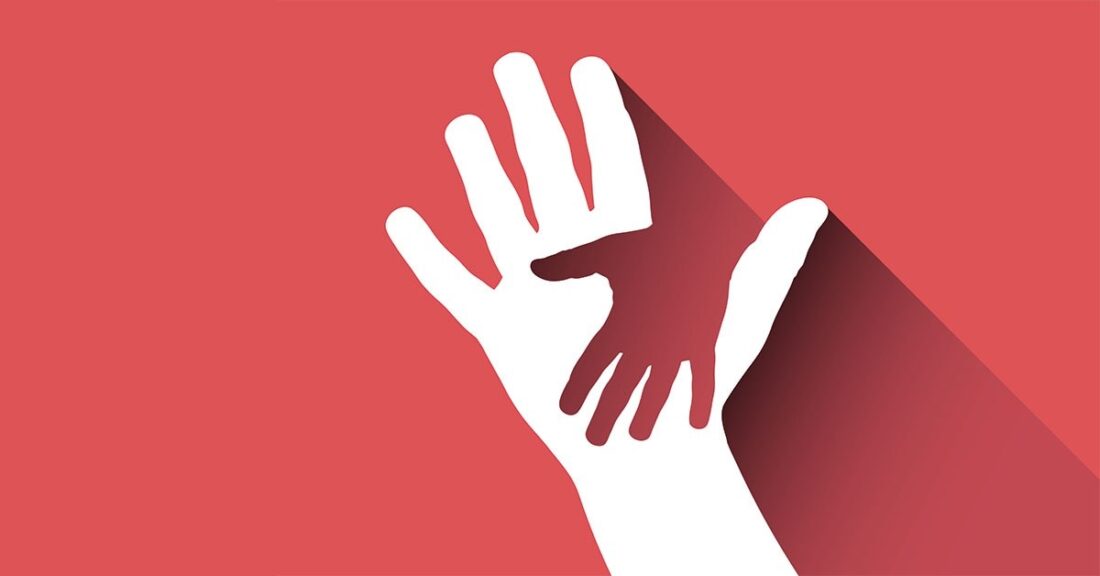The Growing Role of Public Assistance in Childhood

Between 2005 and 2017, 46 out of 50 states saw an uptick in the percentage of kids who were living in families that receive public assistance.
In some states, this increase was dramatic. Four examples: Nevada (11% to 27%), New Mexico (24% to 37%), Florida (19% to 31%) and Delaware (15% to 27%) each saw this statistic soar from 2005 to 2017.
In a few instances, the upswing was slight. Two states reported just one percentage point difference in their 2005 and 2017 rates: Missouri (23% to 24%) and Arkansas (26% to 27%).
At the national level, this trend toward public assistance — which includes cash and food assistance — holds true. In 2005, nearly one in five kids across the country (more than 13.8 million children total) lived in a family that received public assistance. Today, one in four kids in America — nearly 18.6 million children — lives in such a family.
There are four exceptions at the state level. The percentage of kids in families that received public assistance held steady in two states — Maine (23%) and North Dakota (15%) — and decreased in just two states — Wyoming (14% to 13%) and Louisiana (36% to 35%).
Public assistance programs are designed to help low-income families afford basic living expenses while giving children the resources and opportunities that they need to grow. Kids whose families benefit from these supports are more likely to perform better in school and have better health outcomes.
A larger percentage of kids growing up with public assistance support could mean — among other things — that access to these programs has expanded or that the need for these programs has increased.






